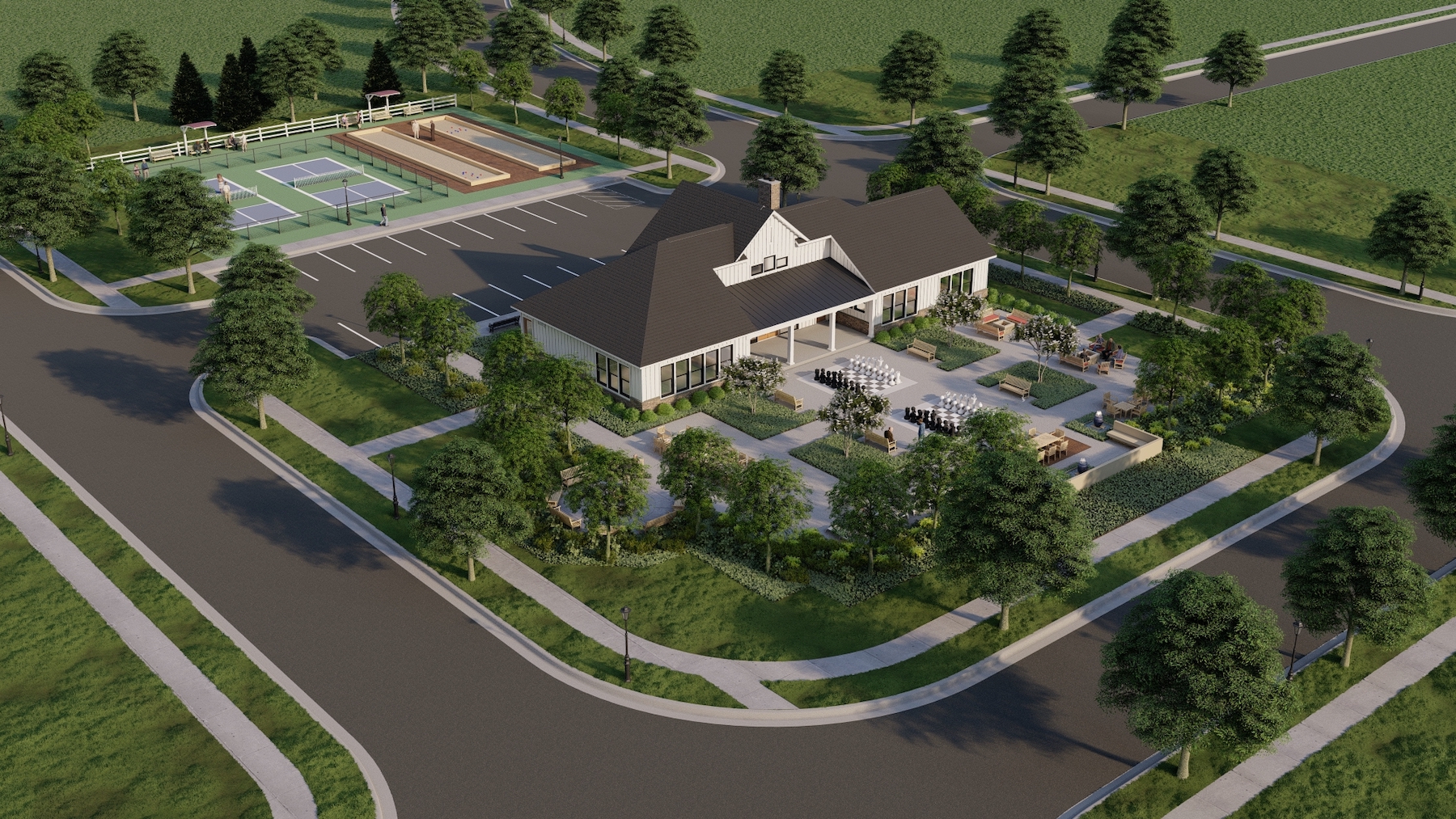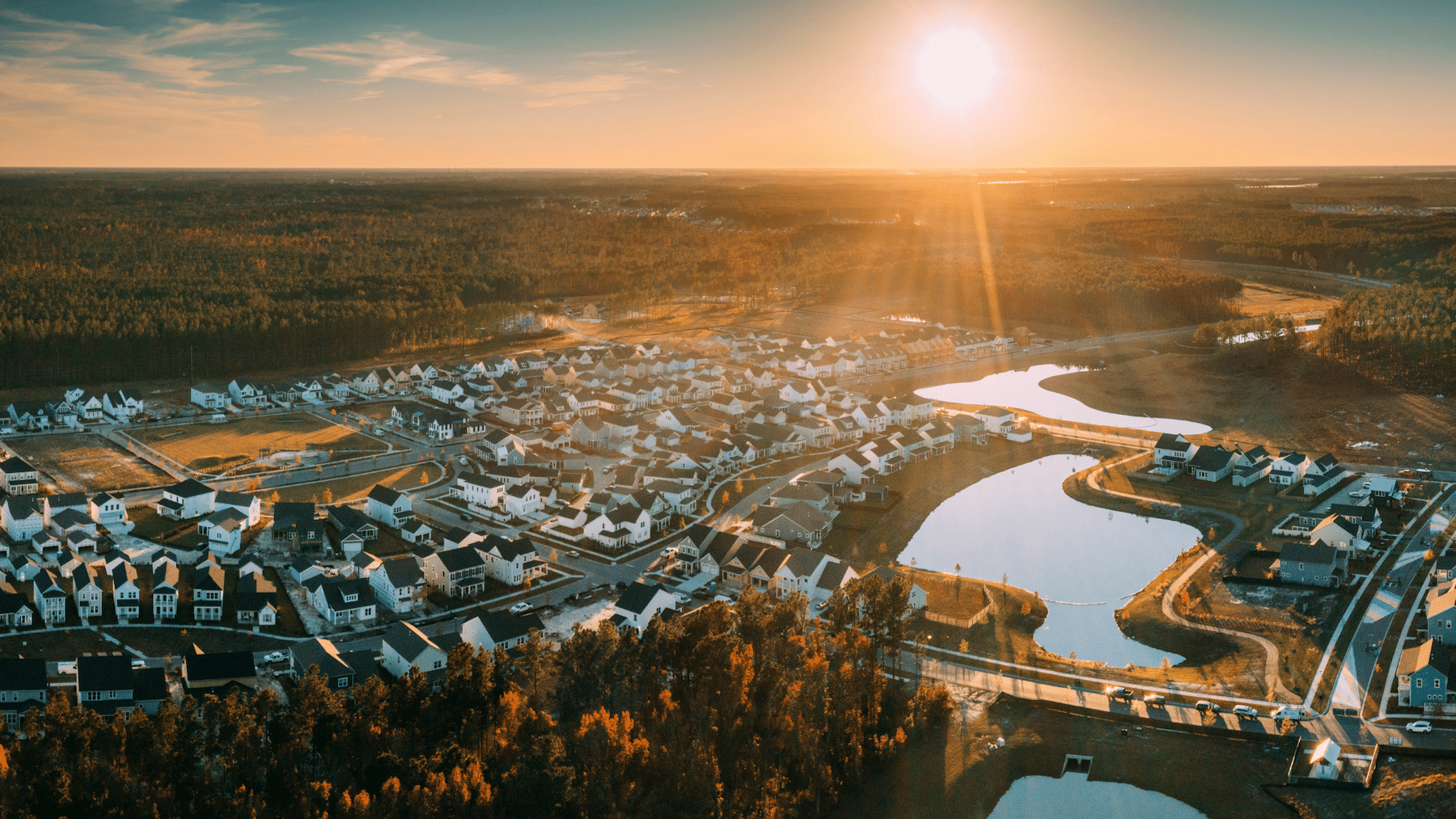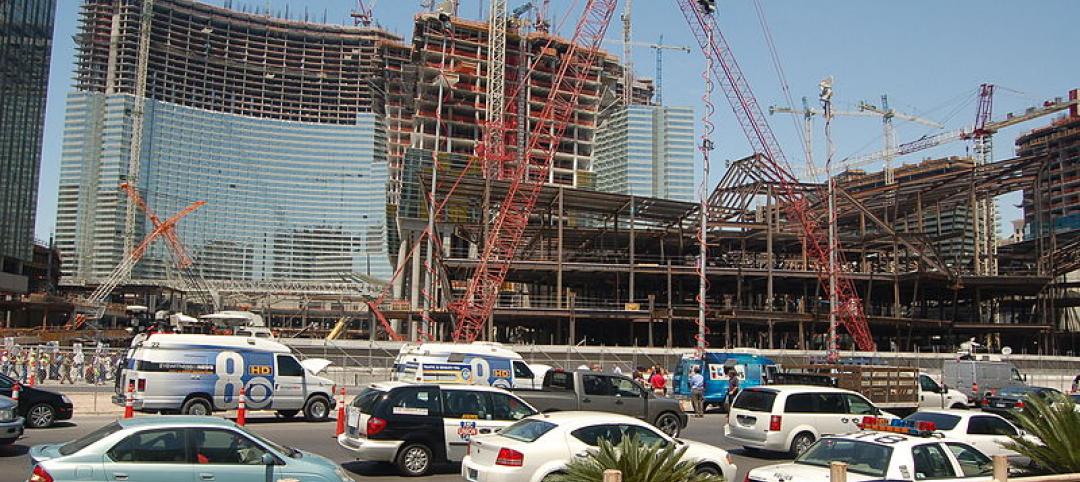Gone are the days of sleepy 55+ communities. Today's iteration is brilliantly designed and bustling with activity. In fact, even the nomenclature has changed: This crowd is "55 or better"—and they're looking for communities that reflect this shift. A recent study found that market size for the active adult community was estimated at $565 billion in 2021 and is expected to reach over $587 billion in 2022.
With so much growth on tap, builders and developers must stay apprised of trends related to home, environment and culture. In doing so, they can be responsive to buyers' wants and needs. The result? Vibrant places offering a lifestyle that stands out in the competitive active adult space.
WHAT MAKES A SUCCESSFUL ADULT COMMUNITY
Brookfield Properties, an award-winning North American developer of master-planned communities (MPCs), is no stranger to delivering developments that go above and beyond. Working with renowned homebuilders like Pulte/Del Webb, Miller & Smith, David Weekley Homes and Toll Brothers, Brookfield Properties knows a thing or two about what it takes to appeal to discerning 55-or-better buyers. Here are some of the top trends behind today’s successful active adult communities.
VIP amenities
With the kids out of the house, empty-nesters flock to active adult communities to start the next chapter of their lives. They prefer private members-only options, like pools, pickleball courts and gated entrances. Another feature high on their list is something many 55+ communities lack: grandchild-friendly options, like playgrounds, special events and play areas incorporated into resident lounges or fitness centers. In multiple Brookfield Properties master-planned communities, they get the best of both worlds, with dedicated active adult amenities plus access to shared neighborhood amenities. At Kissing Tree in San Marcos, Texas, residents enjoy low-maintenance living with included lawn care options and an 18-hole golf course steps from their front doors. Top-tier options create a resort-like feel and provide residents with a quiet space to call home.

Access to popular retail and commercial spaces is another big draw in mixed-use master-planned communities. For example, Nexton, a top-selling, award-winning MPC in Summerville, South Carolina, boasts more than 120 restaurants and shops within its bounds. With a diverse mix of local and regional businesses for residents and visitors to explore, well-designed mixed-use communities invite commerce and community-building.
The perfect proximity
Location is a key factor driving purchasing decisions for active adult buyers. As developers of MPCs, our experience indicates that 55+ buyers want to live near their children and grandchildren during this next phase of their lives—even if they’re only there part-time. Master-planned communities that include dedicated active-adult neighborhoods provide the right mix of proximity (to loved ones), personal space and private amenities. These communities also allow for lateral moves; that is, residents already living in an MPC with an active adult subsection can downsize to an apartment, condo or patio home without leaving the neighborhood where they've built a life.
Migration to suburban communities is another trend we've observed. Studies show that more seniors and retirees are moving away from crowded cities and into smaller towns. However, they still want easy access to the retail, restaurants and events that metro areas offer. Suburban communities allow residents to enjoy the perks of a city without having to face the hustle and bustle day to day. For example, 55+ buyers in the D.C. market can live an hour outside the city at Cascades at Embrey Mill in Stafford, Va.
Community and connection
One thing the 55-or-better crowd has in common is starting anew. Whether it's downsizing, retiring, experiencing an empty nest or taking a leap to a new city, these residents are typically facing a dramatic shift in their everyday lives. The choice to move to an active adult community comes with a built-in sense of belonging via a myriad of amenities; neighborhood events; and shared spaces, both indoor and outdoor—not to mention a natural kinship with other residents who are looking for the same things.

Active adult communities should be just that: active. From potlucks to happy hour and cooking classes, there's no shortage of avenues to meet new people. At Riverlights in Wilmington, N.C., neighbors come together for events like “craft & unwine” and free summer concerts, as well as enjoy local fare at The Groove Market.
Customizable features
The 55+ demographic tends to have a higher disposable income than younger buyers. This crowd is also more discerning, as they have the benefit of decades of life experience to guide them. From a developer standpoint, we’re noticing that builders are paying attention. We’re seeing more floor plans for single-level living, outdoor living spaces like screened-in porches, gourmet kitchens designed for ease and convenience, and an increasing array of customizable options.
Today's 55-or-better buyers are ready to design their lives and their homes as they see fit. When builders respond to the unique needs of a demographic, it creates a sea change. In this case, yesterday's sleepy active adult communities are now tuned in and turned up. We expect more great things to come.
About Brookfield Properties
Brookfield Properties is a leading global developer and operator of high-quality real estate assets. We are active in nearly all real estate sectors, including office, retail, multifamily, hospitality and logistics, operating more than 675 properties and more than 325 million square feet of real estate in gateway cities around the globe on behalf of Brookfield Asset Management, one of the largest asset managers in the world. With a focus on sustainability, a commitment to excellence, and the drive for relentless innovation in the planning, development and management of buildings and their surroundings, Brookfield Properties is reimagining real estate from the ground up. For more information, visit www.brookfieldproperties.com.
Related Stories
| Jul 2, 2014
Emerging trends in commercial flooring
Rectangular tiles, digital graphic applications, the resurgence of terrazzo, and product transparency headline today’s commercial flooring trends.
| Jun 30, 2014
Research finds continued growth of design-build throughout United States
New research findings indicate that for the first time more than half of projects above $10 million are being completed through design-build project delivery.
| Jun 18, 2014
Arup uses 3D printing to fabricate one-of-a-kind structural steel components
The firm's research shows that 3D printing has the potential to reduce costs, cut waste, and slash the carbon footprint of the construction sector.
| Jun 12, 2014
Austrian university develops 'inflatable' concrete dome method
Constructing a concrete dome is a costly process, but this may change soon. A team from the Vienna University of Technology has developed a method that allows concrete domes to form with the use of air and steel cables instead of expensive, timber supporting structures.
| May 29, 2014
7 cost-effective ways to make U.S. infrastructure more resilient
Moving critical elements to higher ground and designing for longer lifespans are just some of the ways cities and governments can make infrastructure more resilient to natural disasters and climate change, writes Richard Cavallaro, President of Skanska USA Civil.
| May 20, 2014
Kinetic Architecture: New book explores innovations in active façades
The book, co-authored by Arup's Russell Fortmeyer, illustrates the various ways architects, consultants, and engineers approach energy and comfort by manipulating air, water, and light through the layers of passive and active building envelope systems.
| May 19, 2014
What can architects learn from nature’s 3.8 billion years of experience?
In a new report, HOK and Biomimicry 3.8 partnered to study how lessons from the temperate broadleaf forest biome, which houses many of the world’s largest population centers, can inform the design of the built environment.
| May 13, 2014
19 industry groups team to promote resilient planning and building materials
The industry associations, with more than 700,000 members generating almost $1 trillion in GDP, have issued a joint statement on resilience, pushing design and building solutions for disaster mitigation.
| May 11, 2014
Final call for entries: 2014 Giants 300 survey
BD+C's 2014 Giants 300 survey forms are due Wednesday, May 21. Survey results will be published in our July 2014 issue. The annual Giants 300 Report ranks the top AEC firms in commercial construction, by revenue.
| Apr 29, 2014
USGBC launches real-time green building data dashboard
The online data visualization resource highlights green building data for each state and Washington, D.C.

















